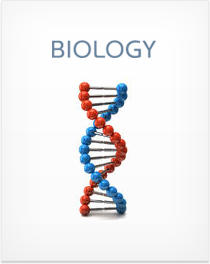Circulation, Respiration, Digestion, and Excretion
This section covers the following topics
- The digestive system
- The circulatory system
- Respiration and the lungs
- Osmotic potential
- Excretion and the kidneys
Section Outline
Food is broken down and reduced to basic nutrients within the digestive system. Physical chewing and amylase in the mouth convert food to bolus, which is pushed down the esophagus to the stomach through a wave-like motion called peristalsis. Gastric juices such as pepsiongen and HCl in the stomach kill bacteria and further digest the food, now called chyme. This process is aided by the contractions of the stomach that help distribute digestive enzymes. Meanwhile, the stomach’s mucus lining prevents it from digesting itself. Chyme enters the small intestine and is bombarded with digestive enzymes of all types. Bile, an emulsifier produced in the liver and stored in the gall bladder, physically separates blobs of fat and makes them easier to digest. Nutrients are absorbed by projections called villi. Within the villi, fats are taken into lymph vessels through lacteals. Water and ions are reabsorbed in the large intestine, while E. coli help break down the solid waste, or feces, which eventually exits the body.
Humans have a closed circulatory system in which blood and interstitial fluid are kept separate. Low-oxygen blood leaves the heart through the right ventricle, travels to the lungs and returns via the left atrium. Blood is then pumped through the left ventricle to the rest of the body. Low-oxygen blood returns to the heart through the right atrium and the cycle begins anew. Heartbeat is regulated by the cells of the sinoatrial node, or pacemaker. Starting from the heart, blood travels through arteries, arterioles, capillaries, venules and finally veins. Blood plasma, which makes up about half of the blood, helps regulate osmotic potential and pH. Platelets contribute to blood clotting, while leukocytes, or white blood cells, help protect against pathogens. Blood types are determined by the presence or absence of A or B... Sign up to continue reading Circulation, Respiration, Digestion, and Excretion >
